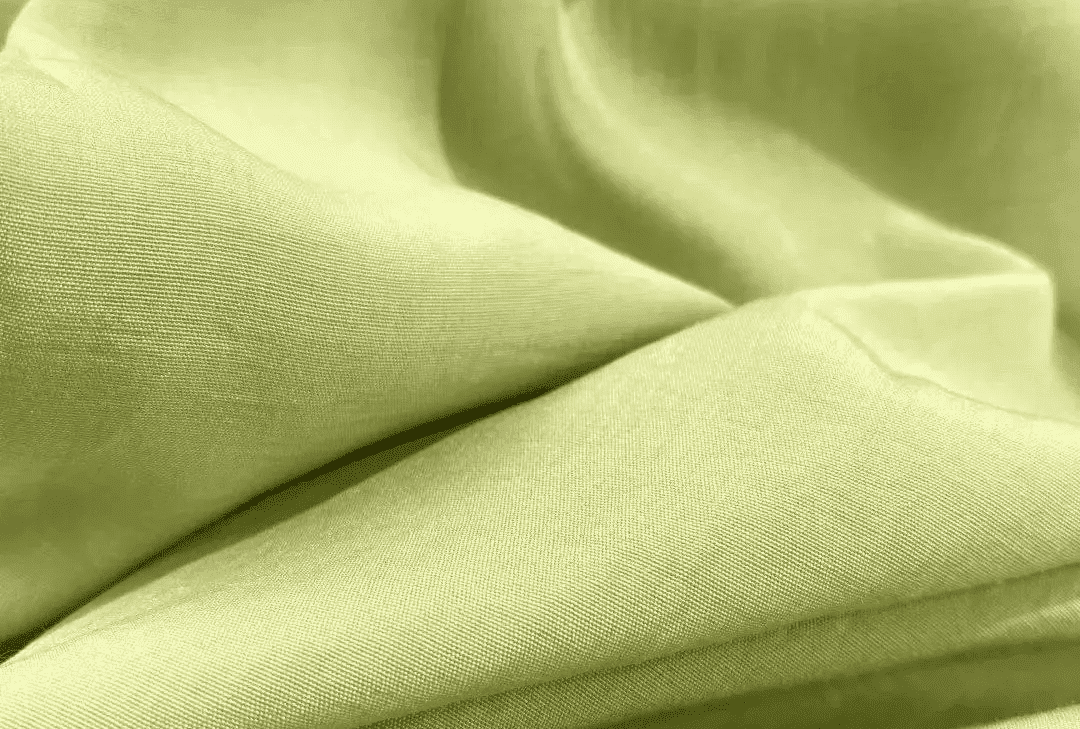What is copper fiber fabric, The antibacterial principle and application of copper fiber

Copper fiber is a new antibacterial fiber. It is a functional fiber that can block the spread of diseases, maintain hygiene and cleaning, and plays an important role in antibacterial textiles. It is generally divided into natural antibacterial fiber and artificial antibacterial fiber. Among them, artificial antibacterial fibers with metal ion antibacterial agents have developed rapidly in recent years. It has the characteristics of high safety and no drug resistance, especially its excellent heat resistance and chemical stability, and has been widely used in fiber and other fields. The most commonly used metal ions for inorganic antibacterial agents are mainly silver, copper and zinc.
1. Antibacterial principle
First, the direct interaction between the copper surface and the bacterial outer membrane causes the bacterial outer membrane to rupture, and then the copper surface acts on the holes in the bacterial outer membrane, causing the cells to lose necessary nutrients and water until they shrink. The outer membranes of all cells, including single-cell organisms like bacteria, have a stable microcurrent, usually called "membrane potential". To be precise, it is the voltage difference between the inside and outside of the cell. It is likely that a short circuit occurs on the cell membrane when the bacteria and the copper surface come into contact, which weakens the cell membrane and creates holes. Another way to create holes in bacterial cell membranes is local oxidation and rusting, which occurs when a single copper molecule or copper ion is freed from the copper surface and hits the cell membrane (protein or fatty acid). If it is an aerobic impact, we call it "oxidative damage" or "rusting". Since the main protection of the cell (outer membrane) has been breached, the flow of copper ions can enter the cell without hindrance. Some important processes inside the cell are destroyed. Copper really controls the inside of the cell and hinders cell metabolism (such as biochemical reactions necessary for life). Metabolic reactions are driven by enzymes, and when excessive copper combines with this enzyme, they will lose their activity. As a result, bacteria will not be able to breathe, eat, digest, and generate energy. Therefore, copper can kill 99% of bacteria on its surface, including Staphylococcus aureus and Escherichia coli, and has a good antibacterial effect. Copper ion textiles are mainly used in the pajamas industry. They can effectively sterilize, deodorize, and clean themselves, so they are being used more and more widely.
2. Advantages of copper ion fiber fabrics:
1. Pajamas are the second skin of human beings, so many scientists now focus on sterilization and deodorization. Copper ion fabrics were born in such an environment, because copper ions have certain safety properties and are easily excreted by human metabolism.
2. Compared with silver ion fiber fabrics, the raw material cost of copper ion fiber fabrics is much lower.
3. Copper ion fiber fabrics have good hydrophilic properties, and the overall fabric is very soft and suitable for close-fitting wear.
3. Copper fiber fabrics are woven from copper fibers and other fibers. It has the following advantages:
1. Antibacterial: Copper ions have certain bactericidal ability, which can effectively inhibit the reproduction of bacteria and make clothes more hygienic.
2. Antioxidant: Copper has good antioxidant properties, which can slow down the aging of clothes and make them more durable.
3. Antistatic: Since copper fibers have good electrical conductivity, they can reduce and eliminate static electricity in clothes.
4. Moisture-absorbent and breathable, comfortable to wear without being stuffy, anti-static and dust-proof.
5. Good strength, the fabric is wear-resistant, alkali-resistant, washing-resistant, and durable.
6. Organic nano-copper contacts the cell membrane of microorganisms, which can coagulate proteins, causing cells to lose their ability to divide and proliferate and die. Therefore, copper fiber has the characteristics of antibacterial, bactericidal, antiviral, and long-lasting effects.
IV. Matters needing attention for copper ion pajamas fabrics:
1. The overall toughness of the fabric is poor and it is easy to shrink after washing.
2. The washing requirements are high. It is best to use hand washing instead of machine washing when washing, which can easily cause the fabric to pill or fade.
3. The storage environment is relatively strict and needs to be placed in a cool and ventilated place, and sanitary balls cannot be placed.
1. Antibacterial principle
First, the direct interaction between the copper surface and the bacterial outer membrane causes the bacterial outer membrane to rupture, and then the copper surface acts on the holes in the bacterial outer membrane, causing the cells to lose necessary nutrients and water until they shrink. The outer membranes of all cells, including single-cell organisms like bacteria, have a stable microcurrent, usually called "membrane potential". To be precise, it is the voltage difference between the inside and outside of the cell. It is likely that a short circuit occurs on the cell membrane when the bacteria and the copper surface come into contact, which weakens the cell membrane and creates holes. Another way to create holes in bacterial cell membranes is local oxidation and rusting, which occurs when a single copper molecule or copper ion is freed from the copper surface and hits the cell membrane (protein or fatty acid). If it is an aerobic impact, we call it "oxidative damage" or "rusting". Since the main protection of the cell (outer membrane) has been breached, the flow of copper ions can enter the cell without hindrance. Some important processes inside the cell are destroyed. Copper really controls the inside of the cell and hinders cell metabolism (such as biochemical reactions necessary for life). Metabolic reactions are driven by enzymes, and when excessive copper combines with this enzyme, they will lose their activity. As a result, bacteria will not be able to breathe, eat, digest, and generate energy. Therefore, copper can kill 99% of bacteria on its surface, including Staphylococcus aureus and Escherichia coli, and has a good antibacterial effect. Copper ion textiles are mainly used in the pajamas industry. They can effectively sterilize, deodorize, and clean themselves, so they are being used more and more widely.
2. Advantages of copper ion fiber fabrics:
1. Pajamas are the second skin of human beings, so many scientists now focus on sterilization and deodorization. Copper ion fabrics were born in such an environment, because copper ions have certain safety properties and are easily excreted by human metabolism.
2. Compared with silver ion fiber fabrics, the raw material cost of copper ion fiber fabrics is much lower.
3. Copper ion fiber fabrics have good hydrophilic properties, and the overall fabric is very soft and suitable for close-fitting wear.
3. Copper fiber fabrics are woven from copper fibers and other fibers. It has the following advantages:
1. Antibacterial: Copper ions have certain bactericidal ability, which can effectively inhibit the reproduction of bacteria and make clothes more hygienic.
2. Antioxidant: Copper has good antioxidant properties, which can slow down the aging of clothes and make them more durable.
3. Antistatic: Since copper fibers have good electrical conductivity, they can reduce and eliminate static electricity in clothes.
4. Moisture-absorbent and breathable, comfortable to wear without being stuffy, anti-static and dust-proof.
5. Good strength, the fabric is wear-resistant, alkali-resistant, washing-resistant, and durable.
6. Organic nano-copper contacts the cell membrane of microorganisms, which can coagulate proteins, causing cells to lose their ability to divide and proliferate and die. Therefore, copper fiber has the characteristics of antibacterial, bactericidal, antiviral, and long-lasting effects.
IV. Matters needing attention for copper ion pajamas fabrics:
1. The overall toughness of the fabric is poor and it is easy to shrink after washing.
2. The washing requirements are high. It is best to use hand washing instead of machine washing when washing, which can easily cause the fabric to pill or fade.
3. The storage environment is relatively strict and needs to be placed in a cool and ventilated place, and sanitary balls cannot be placed.





Leave a comment